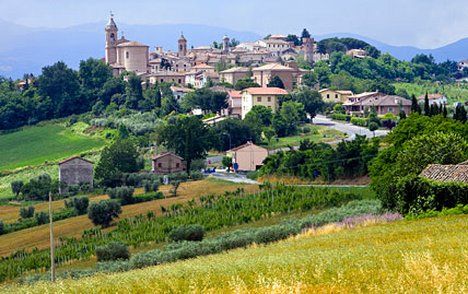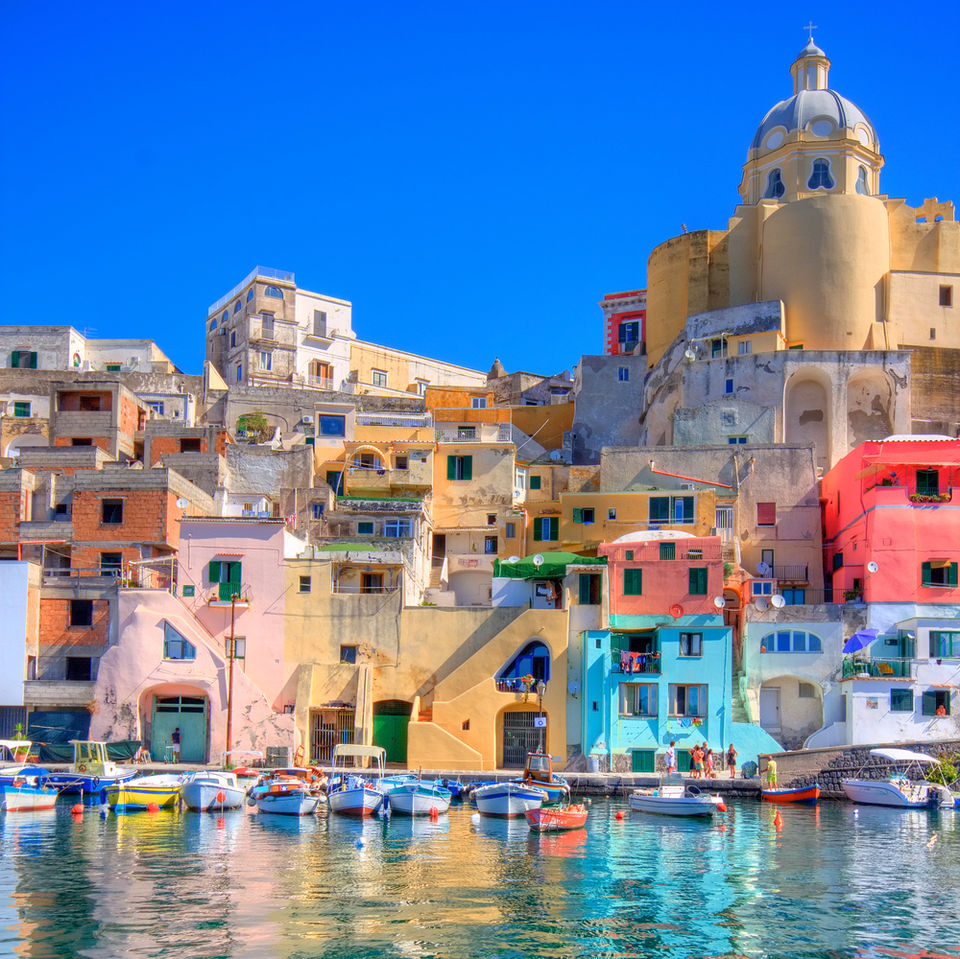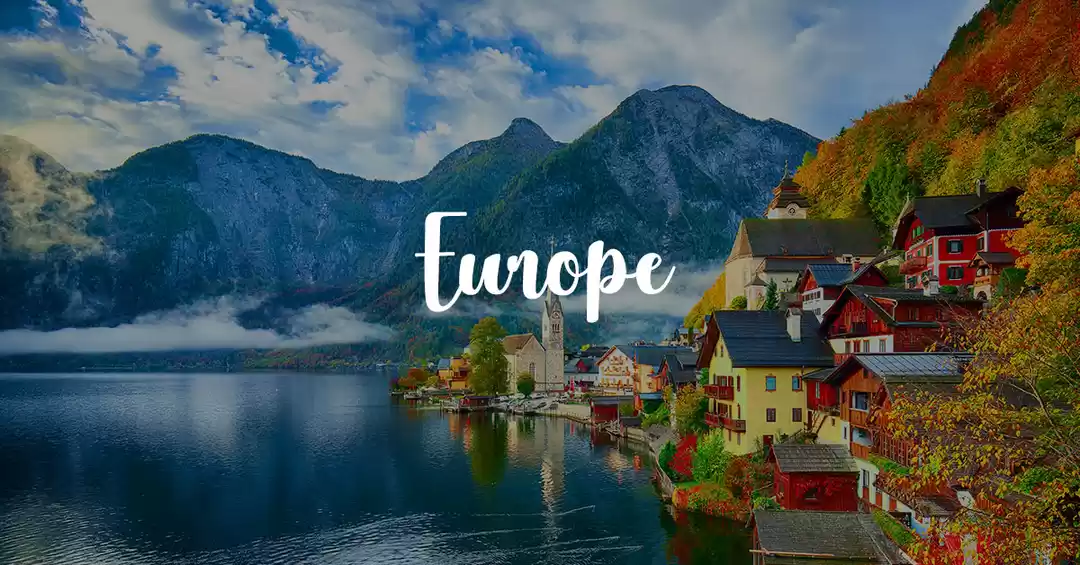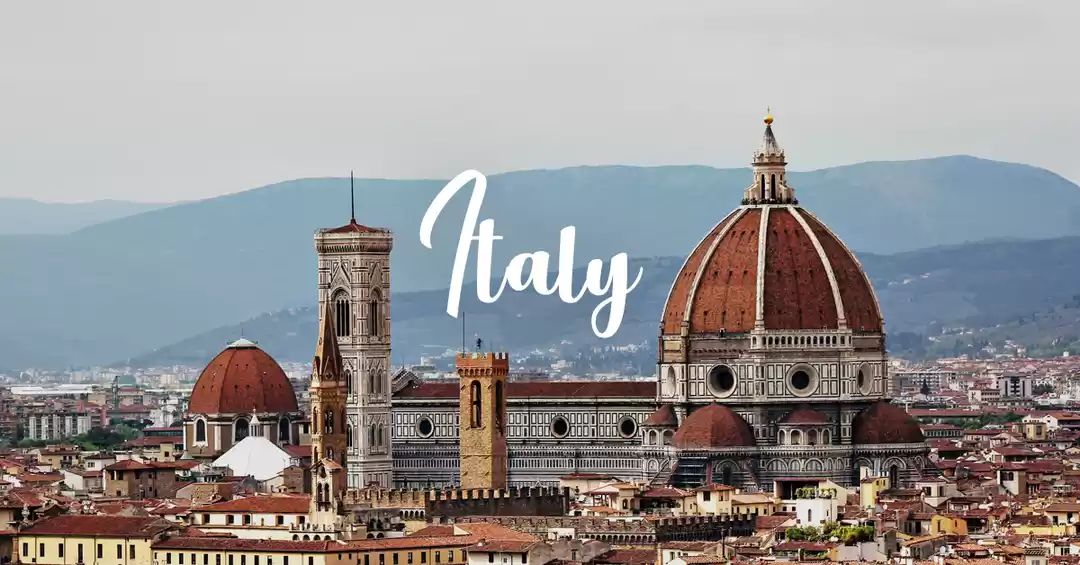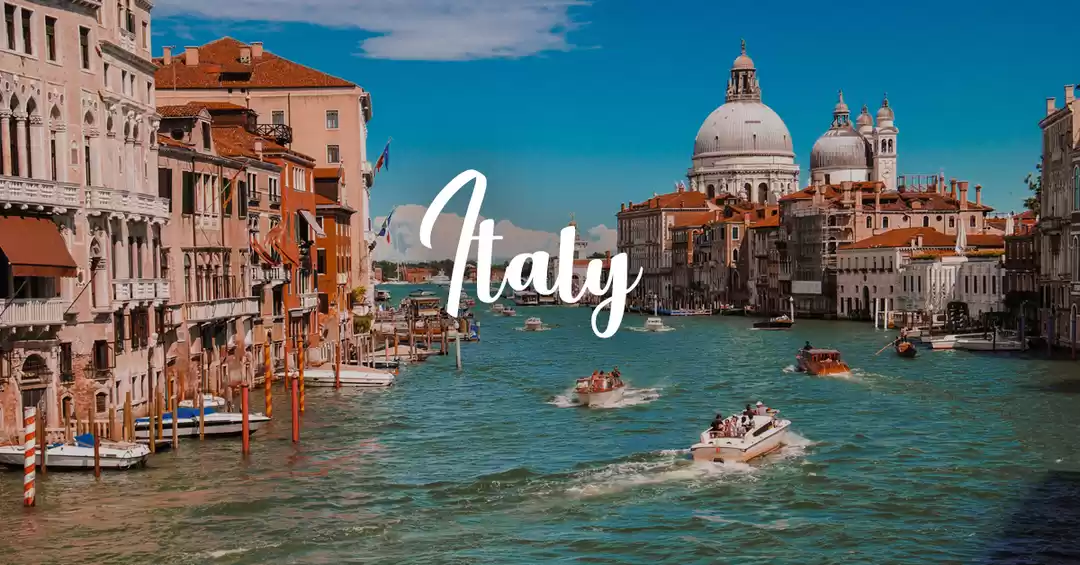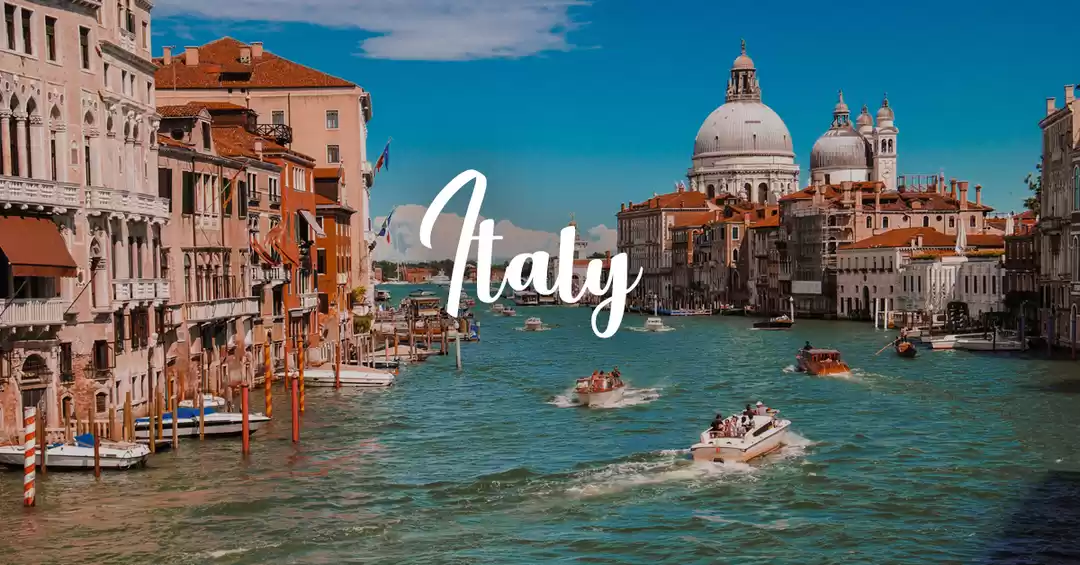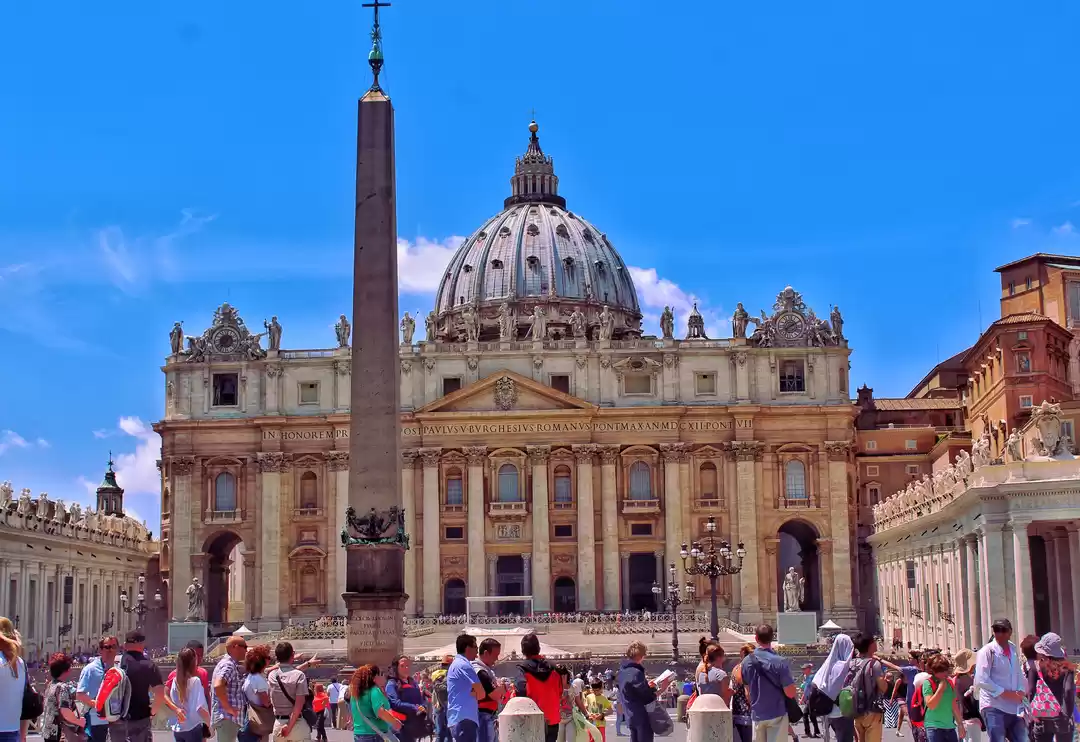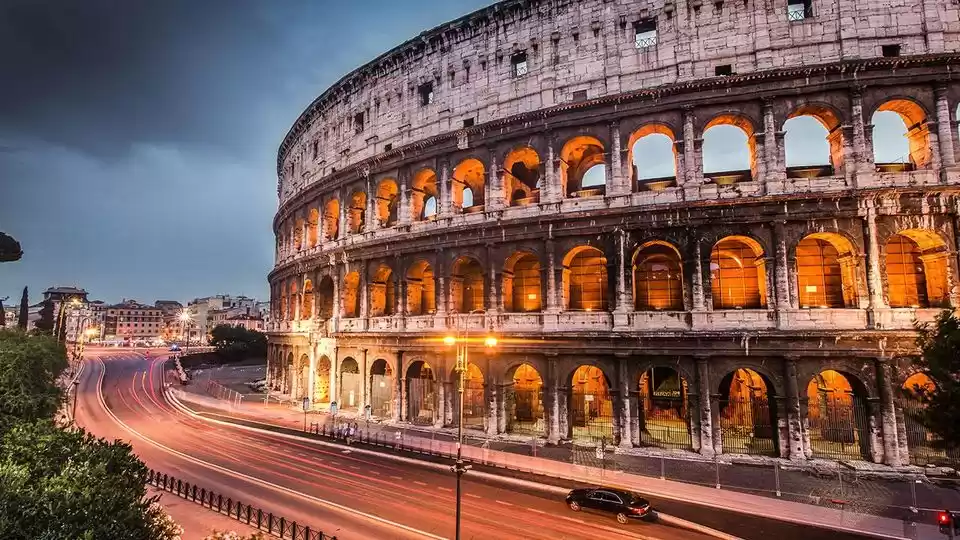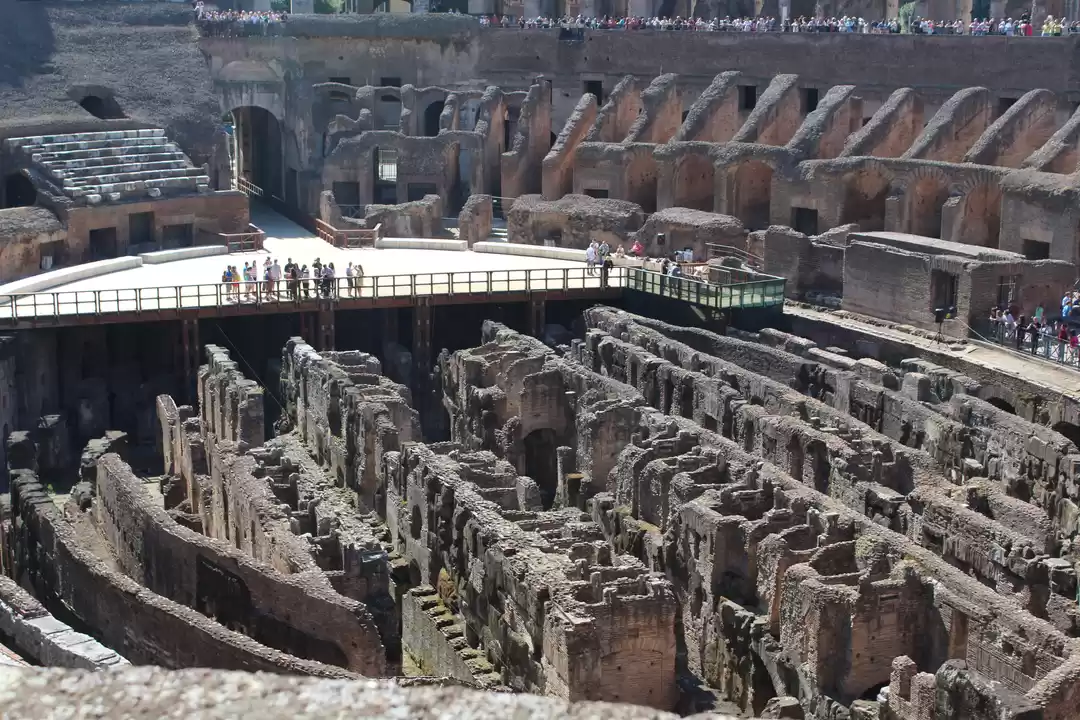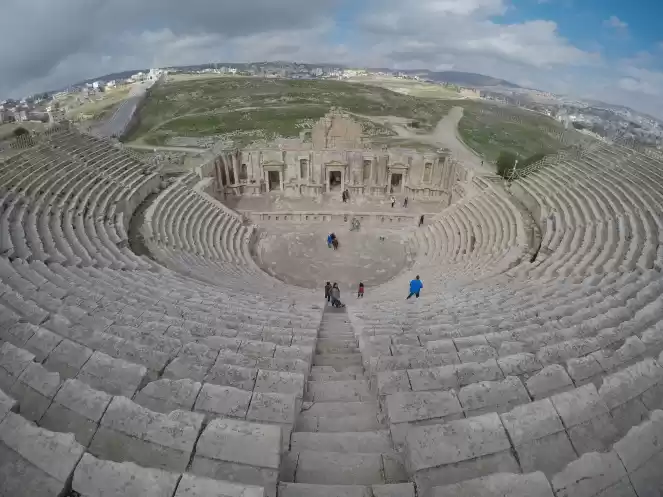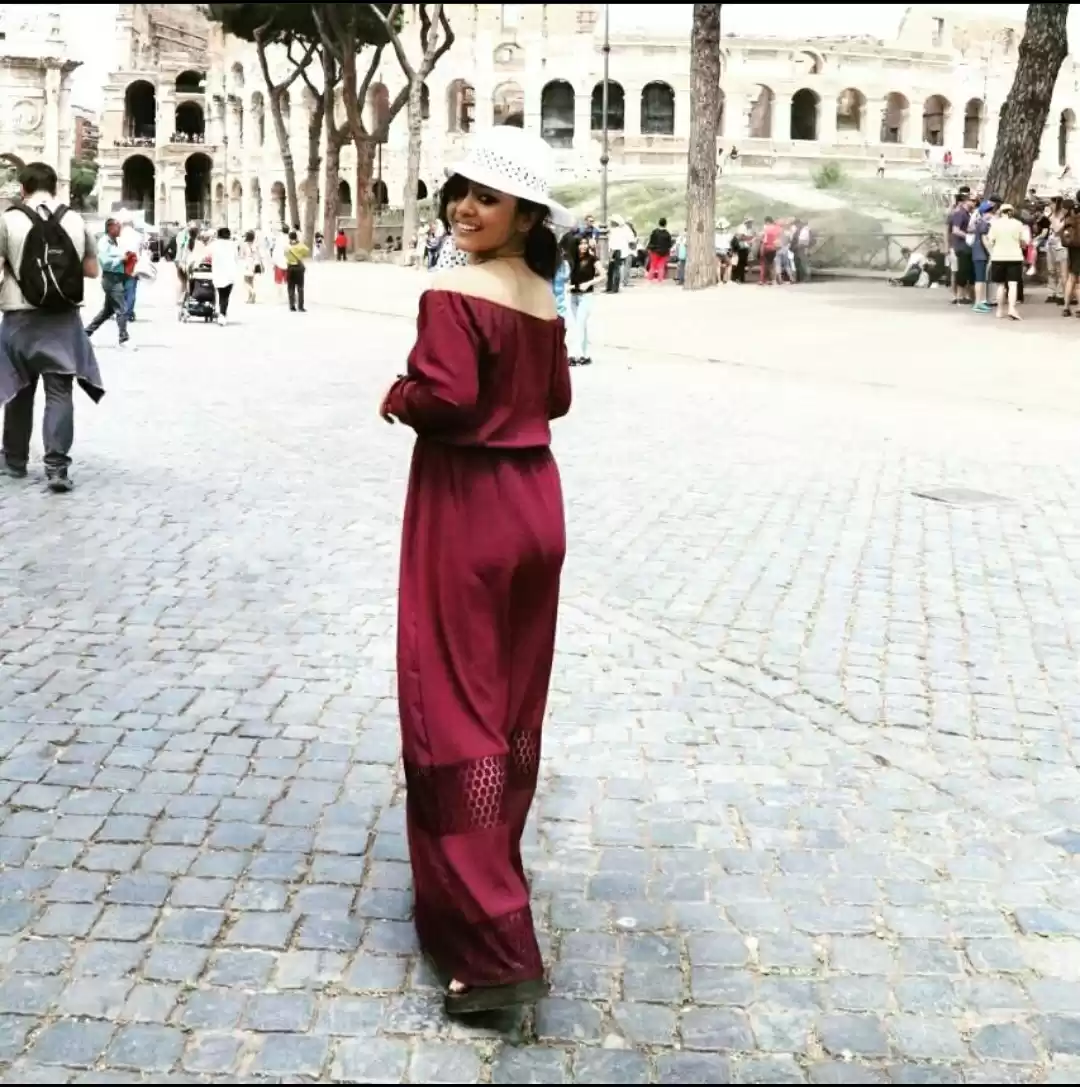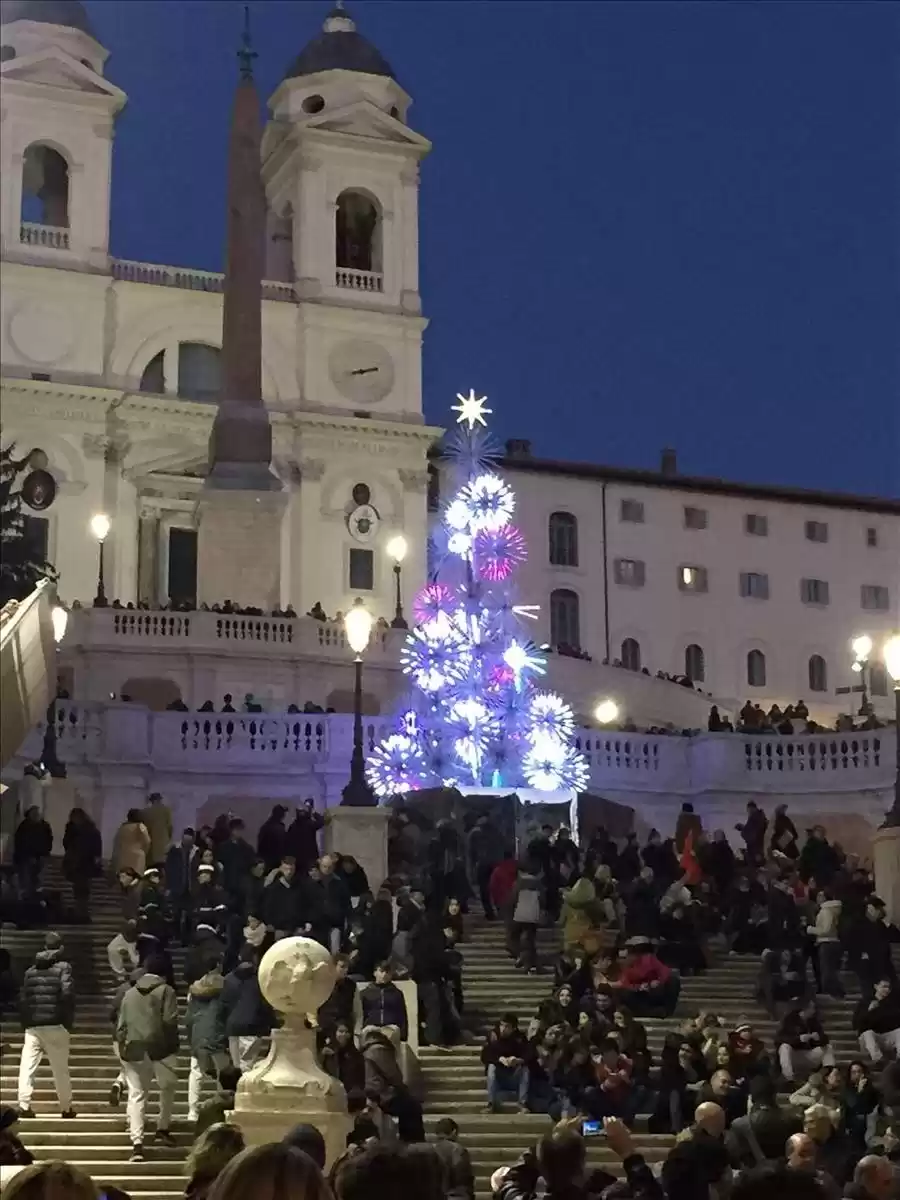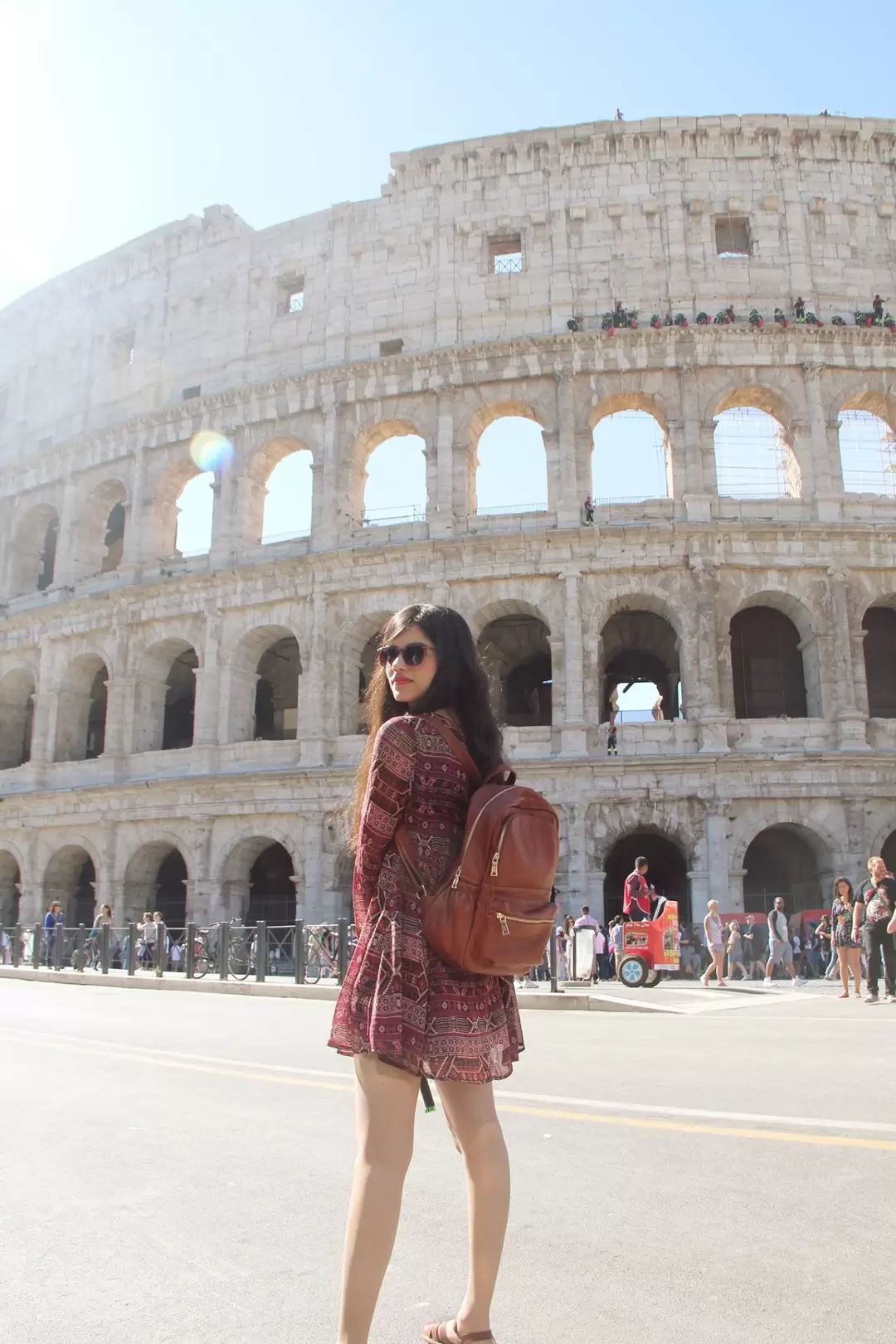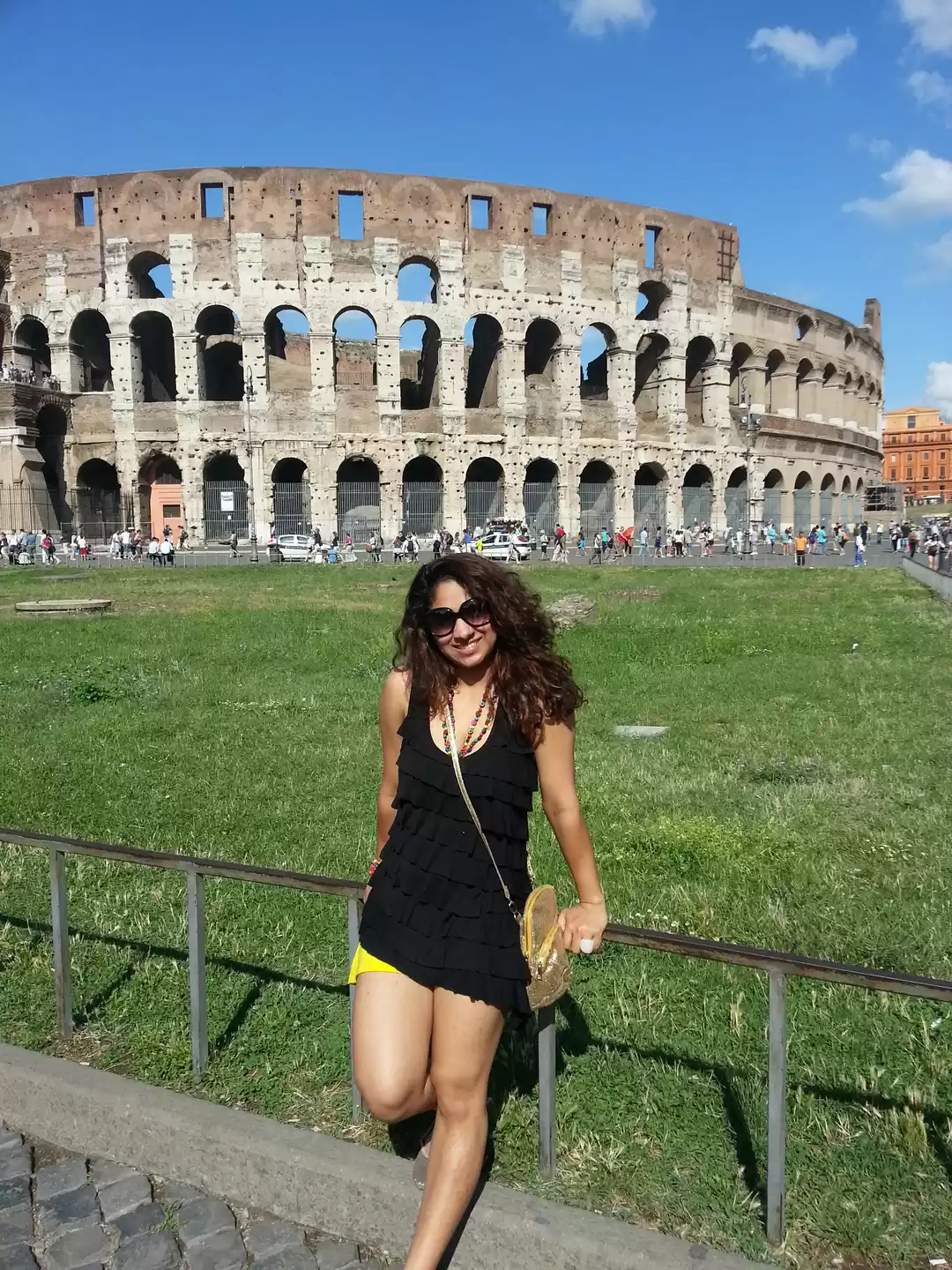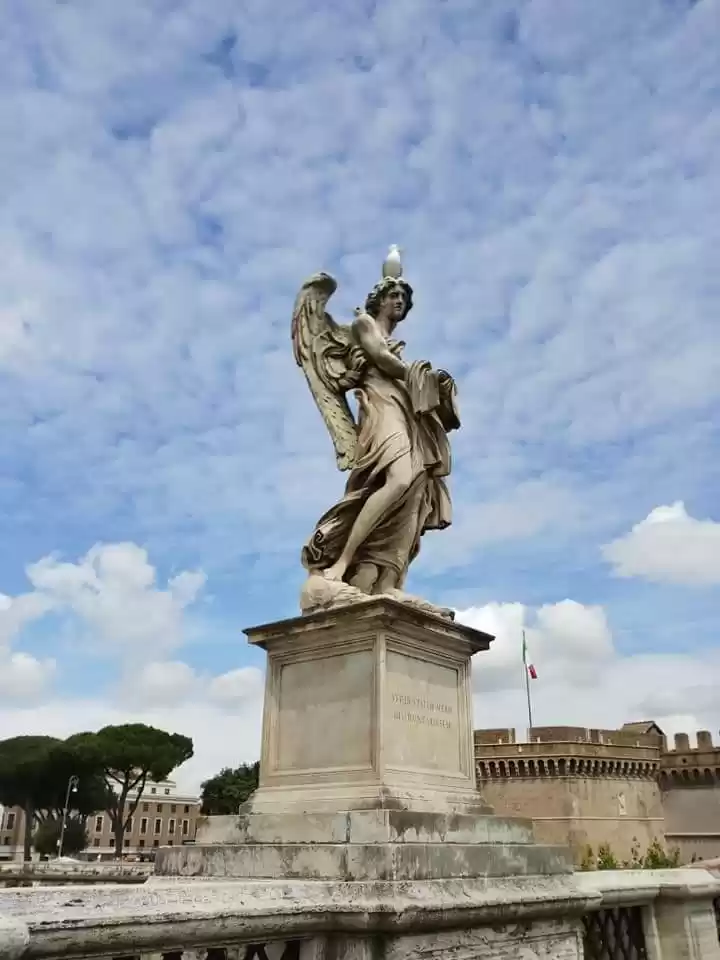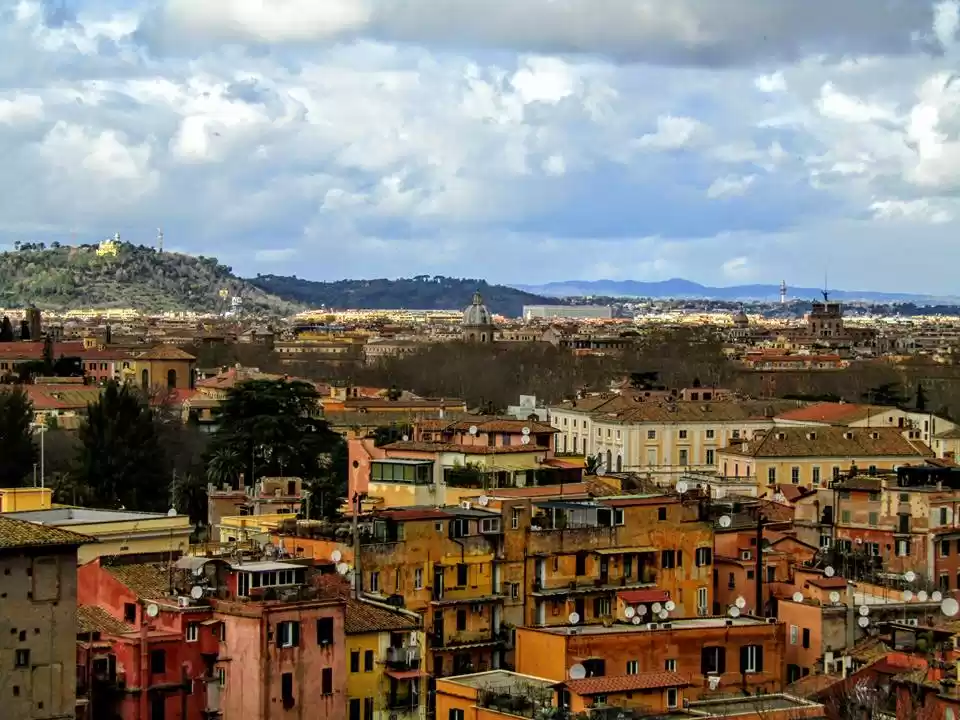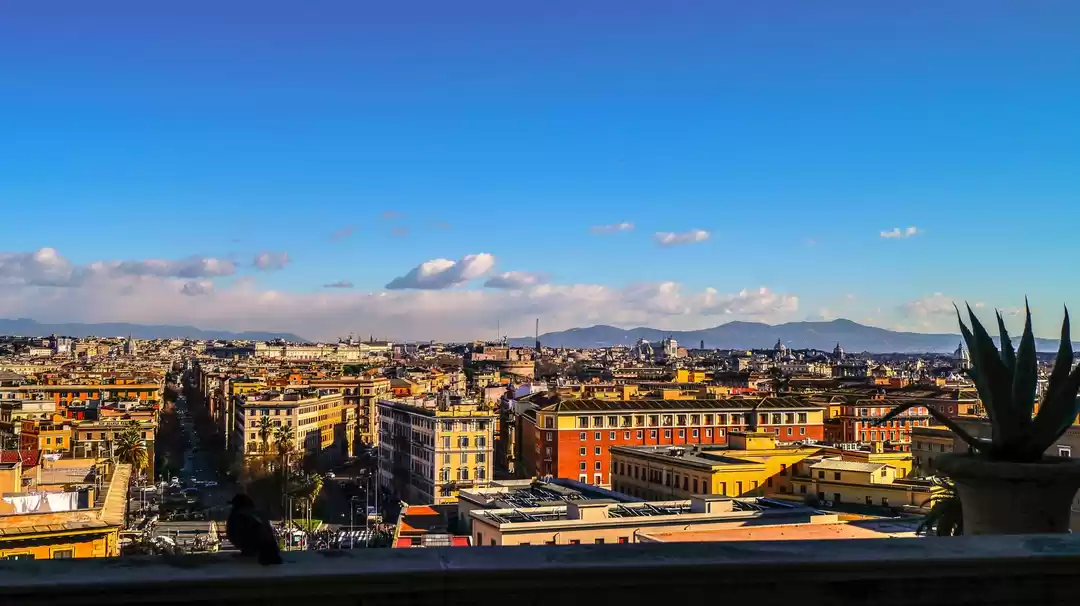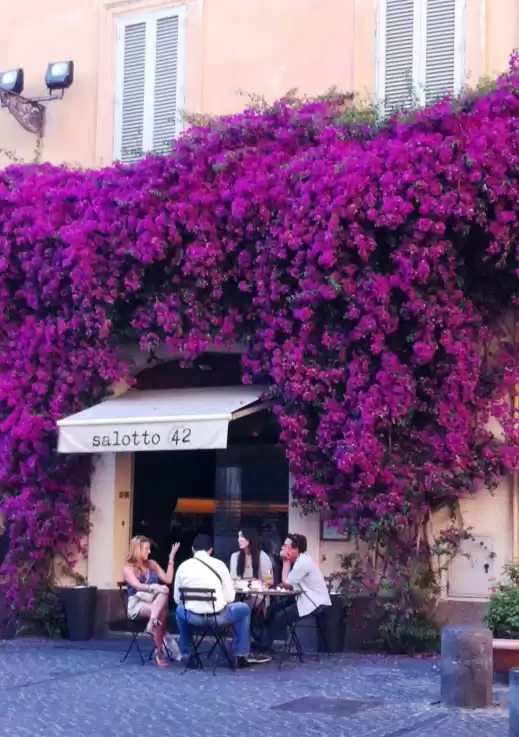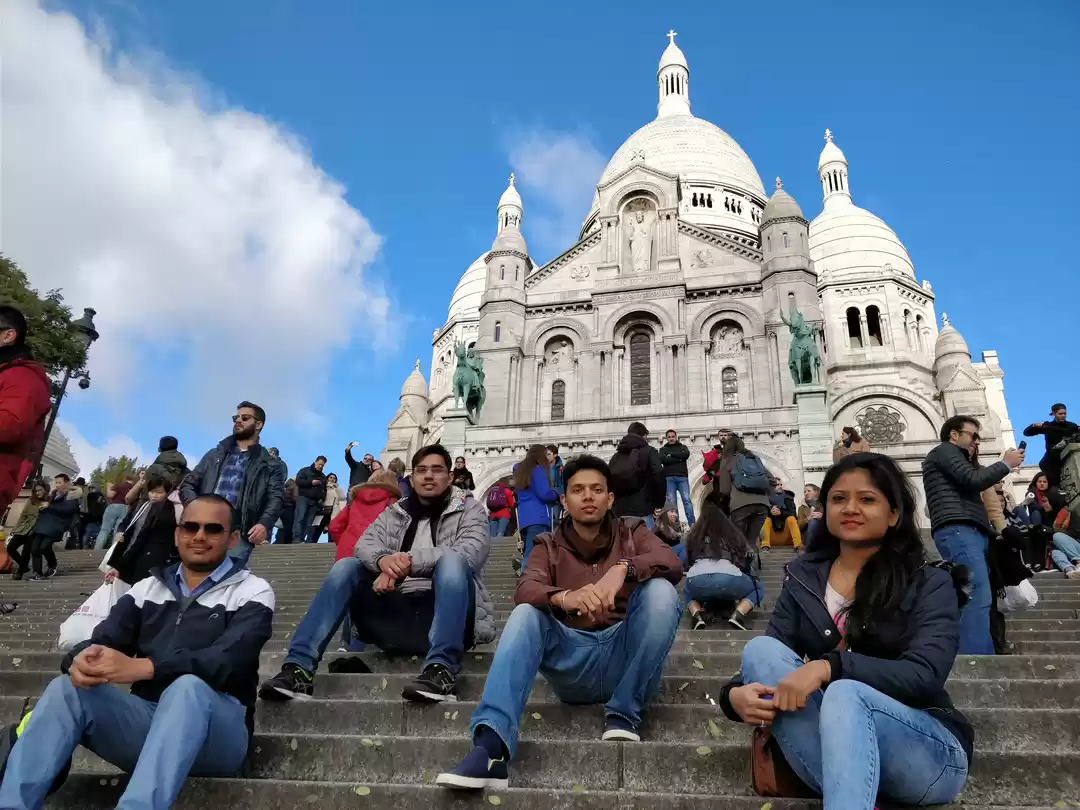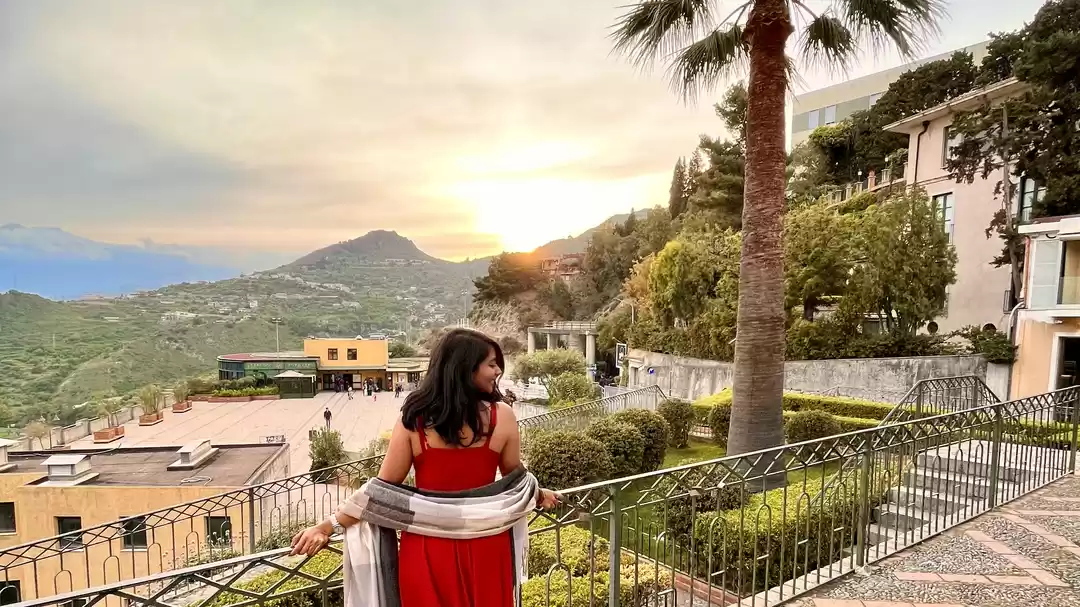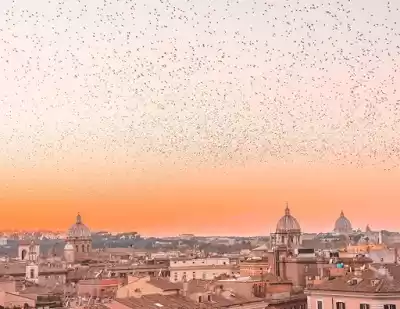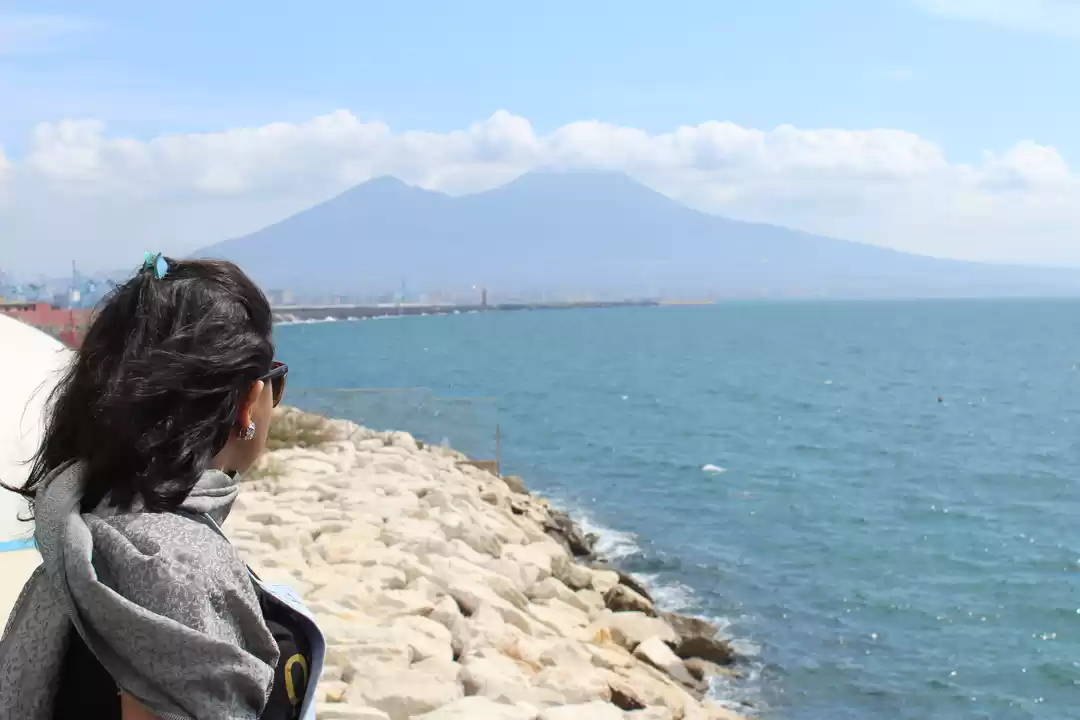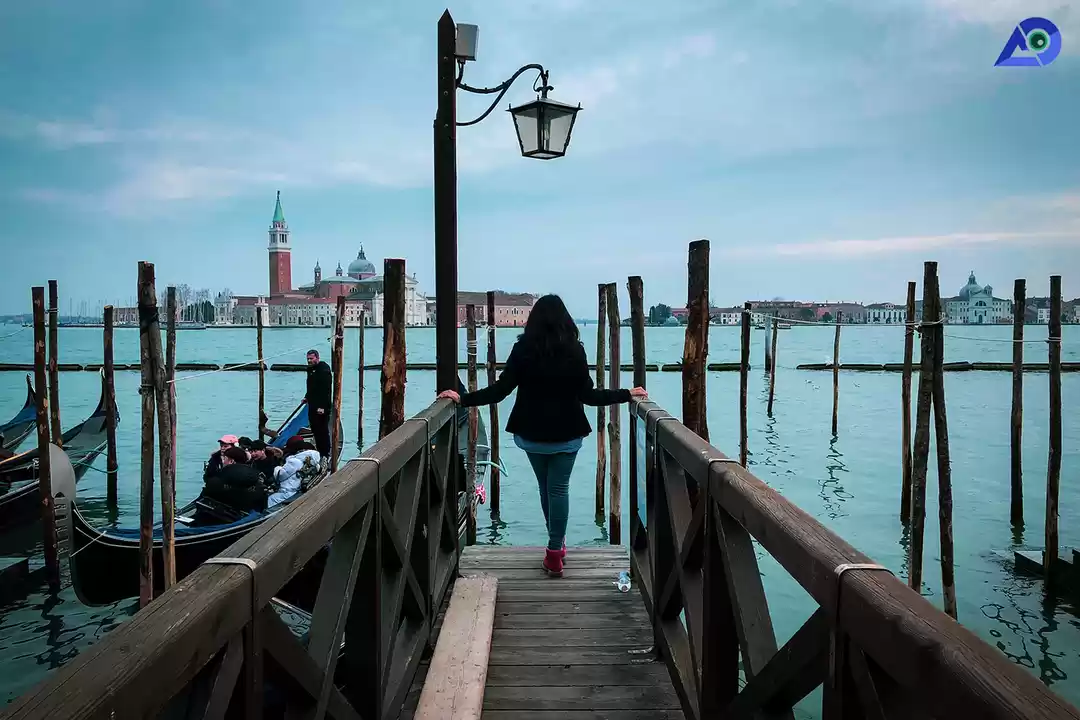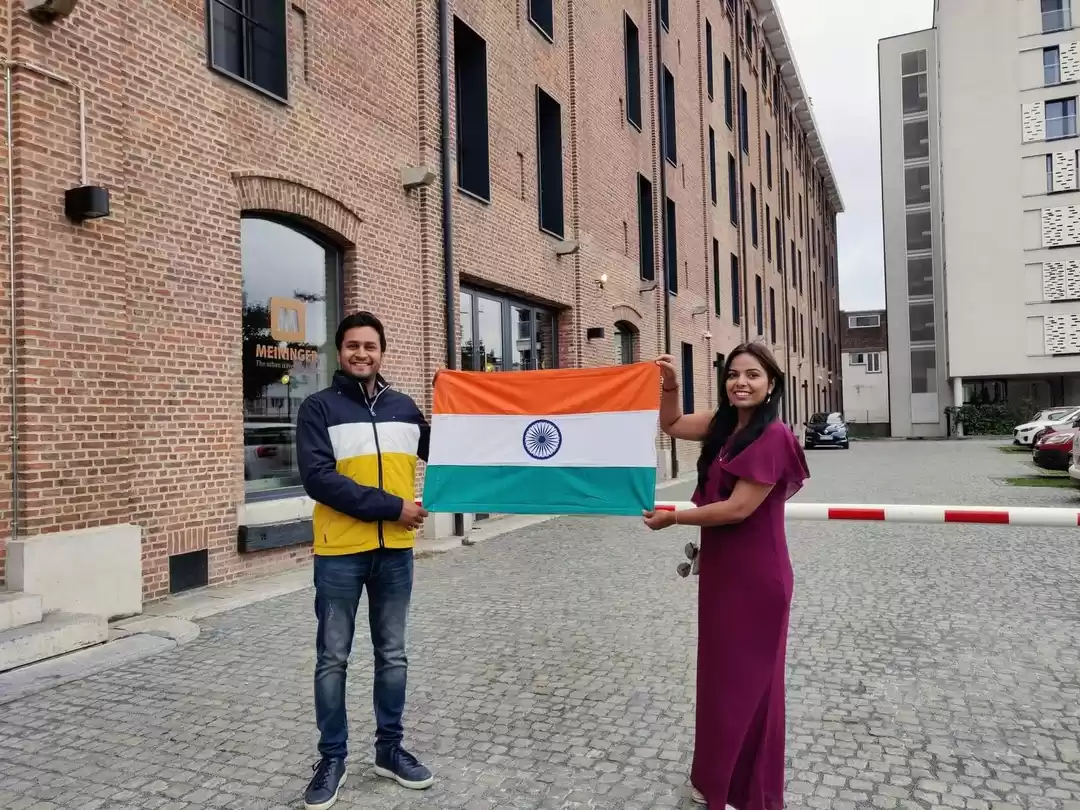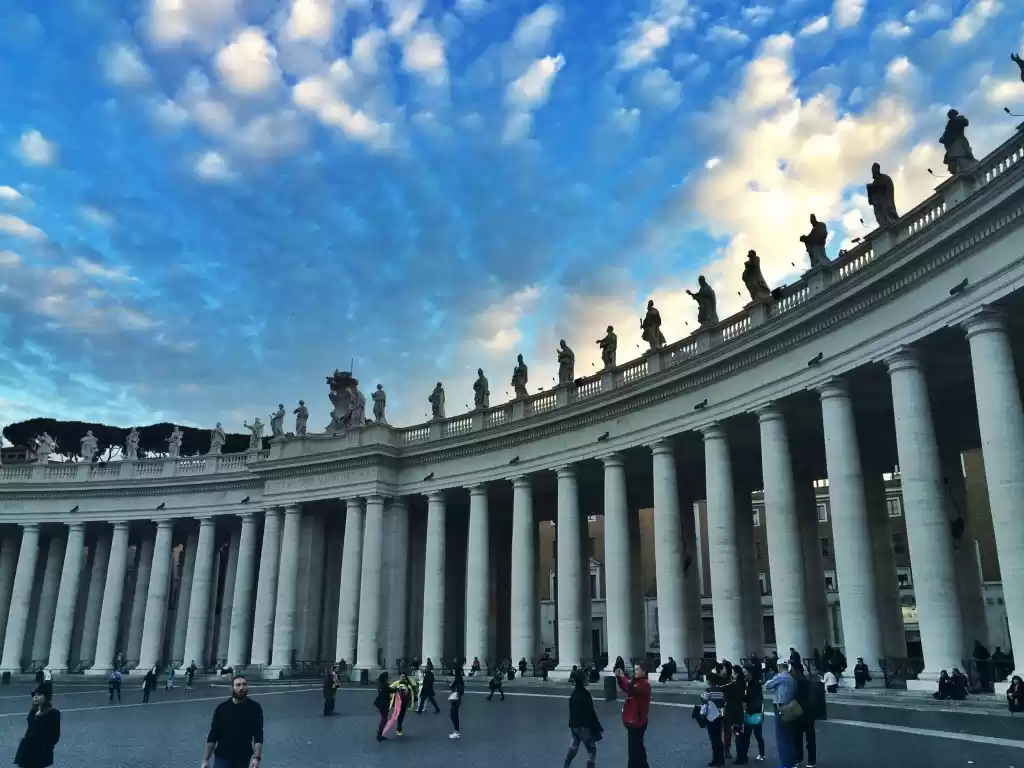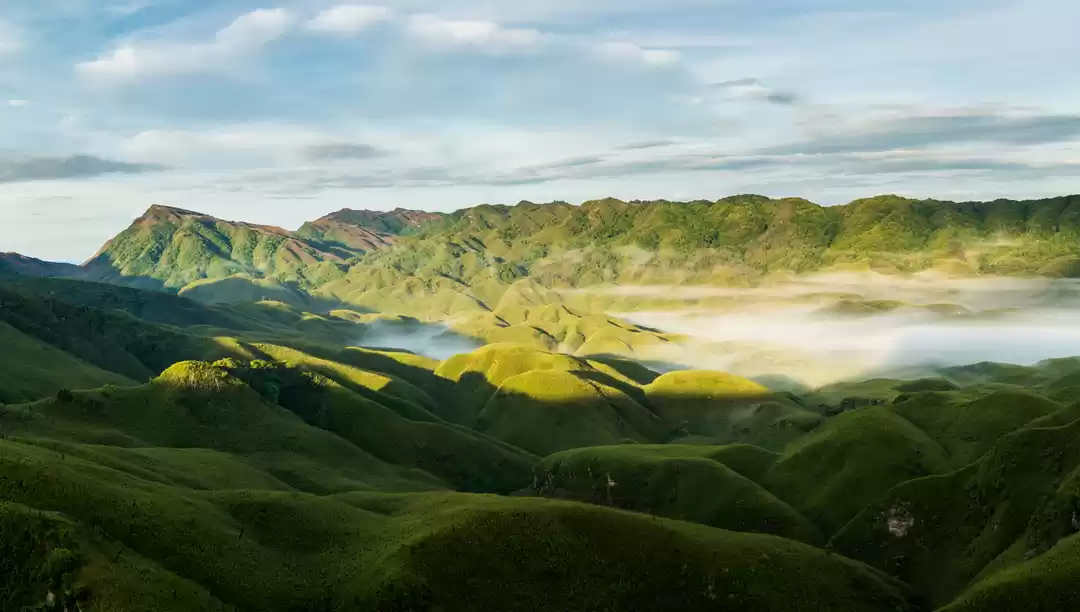4th June, 2014 Ann and Eugenio were married on the 31st of May in a ceremony so beautiful and perfect that every wedding planner should study. That Saturday I woke early to find most of my family at breakfast and a few already suited up. Ann summoned my brother and me to dispense last minute instructions and before long I too was in my bespoke Raymonds suit, custom made white satin shirt and Gucci neck tie, thank you very much. Shoes from Jabong.com- Rs 1250, Jockey inners and Reebok sock (both black) if you must know everything. Tie apart, ditto for John. At 8.45 am the family congregated in the living room and waited for the bride to be led downstairs. So beautiful in her simplicity, Ann wore a typical cream and gold Kerala sari paired with a brocaded blouse, accessorised with tasteful jewellery and minimal make- up. A few emotional minutes followed when my sister sought the blessings of the elders in a tear welling traditional exchange and my aunt led a solemn prayer. Soon we were on our way by coach to the hotel by the beach, to collect the remaining family and friends, enroute to the Cathedral of Saint Emidious at Ascoli Piceno. Just as the bus neared Ascoli we had the Fiat Bug Interception incident. Ann’s favourite car is the vintage Fiat Bug, a whimp of an automobile with less horsepower than I can explain but I guess what some people would consider cute. As our sombre, grey, 60 seater bus entered the town limits, it was intercepted by a decorated, bright yellow, Bug and made to pull over, almost in an anecdotal Ant-Elephantesque manner. Out pops a young man from the car- in shades and a suit that can only be made in Italy- who walks into the bus, announcing for the bride to step out with him. “Do you know this guy?” I asked my sister who by now is delirious. “Of course I do, that’s Paolo, Jai’s best friend!” she squeals in response. Paolo escorted Ann from the bus to the Bug and drove away with her while the rest of us resumed our drive to the cathedral. Jai had planned this surprise dramatic interception so that his fiancé could be driven to their wedding in her favourite car. Every woman on the bus sighed and watched in doe eyed, palm clasped envy at the romantic overture demonstrated before them. Every man on the bus rued in sulky silence at how it was that these Italian men and their amorous tendencies set unrealistic expectations. We alighted just outside the historic centre and walked the short distance to the cathedral where Jai, his family and the remainder of the congregation were already present outside. Amidst applause, the bride in the bright yellow Bug arrived shortly after, much to the curiosity of the locals in the piazza who were witness to Ascoli Piceno’s first Indo – Italian wedding in recorded history. My father would have been the only person deserving to walk my sister down the aisle but we couldn’t be prouder brothers to lead her to the altar in his physical absence. Crisp Organ tones of Pachebels Canon in D filled the magnificent church, glowing in a warm yellow, as the three of us, arms interlocked, walked slowly past pews of beaming family and friends. I heard Ann remark, “I can’t believe this is happening, this is unreal”. Damn right this was unreal. Jai wore a resplendent deep navy-blue tuxedo and bow tie and stood waiting at the end of the aisle by the bottom of the stairs leading to the altar. As we approached, Ann remarked again with the happiest face on earth, “Oh my, how handsome he looks”. My brother and I shook hands with Jai who then led my sister up to their seats facing the central alter piece and the two waiting Padre’s. As witnesses, John and I sat on the couple’s left and Jai’s sister, Agnese, and his cousin Sara’s husband, Massimo, took seats on their right. Let me give you a location recap because my next question begs that I do. We were in a cathedral, in a piazza in the town of Ascoli Piceno (population 50,000) in the Marche region, on the central Adriatic coast of Italy. Surely a Malyalee couldn’t have wandered to this corner of the planet? Oh but one did. One of the two Padres’ celebrating the sacrament that morning was a Malyalee from Christ College, Bangalore. Go figure. For much of the stupendous 90 minute service I stared at the expansive frescoes on the ceiling or worried about my pants riding up the canyon. I paid attention when the rings were exchanged, clapped when the two were pronounced man and wife, sniggered silently when the mallu priest delivered his sermon in English, opened my mouth when communion was administered and listened with my mouth open when the professional tenor and violinist performed the interludes. Before I knew it, it was time to sign the witness register. Rain had set when the service completed so the congratulatory hugs and kisses were an indoor affair. When the rain let up just enough, Eugenio Stipa and Ann Joseph walked out of church into a cold May afternoon as husband and wife to showers of risotto and waving Indian and Italian flags. It was such a vivid moment and my marquee mental image when this wedding will be spoken or thought off again. There was an hour before the bus departed for Villa Corolla, the reception venue 45 mins away; some spent this on a toy train tour of Ascoli while the others took shelter from the rain and cold in the relative warmth of the bus. Villa Corolla is a stately manor in the countryside with sprawling manicured gardens that at one time was, perhaps, the country home of an aristocrat. Now the impressive property is rented commercially for receptions and other functions with a catering service included. The reception lasted from 2 to 8 pm and with so much to write about the decor, the food, the guests, the dancing and drinking, it’s going to be a challenge to keep it short but here goes. First let’s talk about the spirit (no pun intended) of an Italian wedding party. It’s about wine, family, friends, food and wine until you can’t deal with any of them anymore. Oh yes, I forgot to mention wine. The first round was the appetisers round and woe to those of them that had not been fore warned about marauding it with reckless abandon because there were four more rounds to follow. This was a buffet featuring antipasti (Italian for starters, like bruschetta and grilled vegetables), cheeses (its Italy silly, there’s hundreds of cheeses), cold cuts (a small farm would’ve been sacrificed) and I don’t know what else because I stopped counting after the 20th option. Champagne and Prosecco were paired with this instalment. I drank fresh kiwi juice. Round two onwards was the sit down affair. An impeccably dressed waiter led me to my allotted table for 8; table No. 1- appointed with white linen, an Indian made pink runner, a flower arrangement, and the menu booklet. Each place was set with white and red wine glasses, a drinking water glass, two plates and more than necessary forks and knives that were changed after every course. Bottles of Red wine were in abundance around the table while the White wine sat in a chill bucket. Sparkling water was served from glass bottles. My table mates were my brother, Anishka -my sister in law, my two nephews- Emile and Marek, Tinku and Supreeta- two very dear friends who made the trip to Italy from the U.K. for the wedding, their son Vihaan, my cousin Alex and his wife Vinitha who live in Kerala State’s western most district, DoBuy. The sit down lunch started with the bride and groom arriving to the thunderous beats of Bhangra-Pop and some frenzied Indian style dancing as the Italians watched in wonder, a few brave one’s even joining in. Ann had changed out of her Sari into a North Indian costume and Jai added a Mysore Petta to his head. The first course was vegetarian, looked very difficult to make, tasted sublime but I just cannot remember what it was. Something cabbage I think. The second course was meat but the vegetarians were served a mushroom and cheese bake that was quite frankly, uninspiring. From this point on my senses unfortunately ceased to accommodate anything gastronomic, whether taste, smell or sight related, until it was dessert time. My advice to you wine wannabe’s; allow the waiter to fill your wine glass. God forbid you take white with the rack of lamb. Between each of the courses, guests mingled amongst other tables or strolled outside to the gardens to smoke or bum around. I had my eye’s set on a hottie who I expertly noticed was attending the reception by herself. She was seated at table No. 2 and I made a mental note to approach her at some opportune moment in the afternoon. I also remarked to myself on how appropriate it would be to partake in some herbal therapy considering the fine setting. Surely among the 150 guests there had to be one smoker at the very least. I asked Jai to point me in the right direction and he pointed me in the direction of Paolo the kidnapper. I walked up to Paolo and asked him to help a brother out with some Mary Jane but he denied having any knowledge of what it was that I was talking about. So that was that, I wasn’t getting high that evening. Hottie from table No. 2 had to be the afternoon’s featured entertainment. Not long after, I saw Jai on a cigarette break talking with hottie from table No. 2.
“It’s freezing today huh” I thoughtlessly commented to Jai as I rudely interrupted him mid sentence, making two into three. Before I knew it, I found myself extending my hand and introducing myself to hottie from table No. 2. “Hi, I’m Kurian”. Jai left, it was just me and her. Thanks buddy. “I’m Unna” she said in a thick sexy Italian accent (she meant Anna), extending her hand as I noted the unsmiling face and the absence of a greeting. Anna was slim, tall and white, but not pale. Clearly she’d spent some time at the beach, evidenced by the tan lines from her bikini strap, emerging from under her off-shoulder, thigh high, light brown dress. Her straight black hair fell to her shoulders and her face held a striking resemblance to Rene Zellweger, only prettier. I’ll skip the detailed anatomical description; email me if you’d like to know more. “Are you a friend of Jai’s?” “I’m a classmate of his from University” she said, still unsmiling. “Where are you from?” I asked. Surely she’d ask me where I was from in return, if she had a pulse. “Blah blah”. I can’t remember what she said but my question did not provoke the desired result. She asked nothing in return. It was time for emergency measures, this zombie needed resuscitation. “I’m the bride’s brother” I said suavely, nonchalantly. Regret set in a second later. Fuck. After all those women I’ve randomly approached and had conversations with, all I could say was that? Fuck. “Oh” she said as she sought solace in her (and most of humankinds) Lord and Saviour- the Smartphone. It was time to eject with whatever dignity I had remaining.
“It was nice meeting you, have a pleasant evening” “You too” she said, looking up from her Smartphone. If only women would spend less time on their Smartphone’s they’d have so much more love in their lives. Whatever. Fortunately I’ve dealt with more vicious blows of rejection. I laughed this one off and went right back to indulging in aimless banter with the folks who were by now quite uninhibited following a few hours of wine therapy. The rolling out of the wedding cake cart signalled the end of table service. With the wedding guests gathered around, the bride and groom cut and fed each other pieces of cake (it was three tiers, creamy and delectable), shared a kiss and a sip of bubbly. Dessert was served at the buffet counter and there weren’t 6, or 9, or 11 but 17, yes 17, different desserts. Oh wait, and of course dessert is paired with dessert wine. A few tables were cleared to make space for the dance floor and an open bar offering every conceivable liquor (Old Monk included) ensued. I’m an annual drinker, the annual occasion being my birthday, but I must confess I was suckered into slamming a shot of Absinth with Gauri, Ann’s friend. Four days later and I still feel the burn in my throat. To beats of Bollywood Disco and Mainstream Commercial, Kollywood crass and Pop-Rock we killed it until 8 pm when we were politely asked to leave the premises. Well, I must also confess ‘we’ excluded me; I showed any sign of movement only when the DJ played ‘Tub Thumping’, preferring otherwise to loiter on the fringes. We were back at the villa in SBT a little after 9 pm. After the long day, a good night’s sleep was the last thing on my mind- the next day was Tinku’s birthday and I had plans to bring it in with him. I’m not a fan of the ‘bringing the birthday in’ phenomenon, as if it’s a stubborn donkey that needs to be forced through the door, but we were in Italy, in a party town, Ann was just married and there were wonderful people around, but most importantly, it was Tinku, my god of all things fun. My mum was busying herself collecting things scattered around the room and began to pack. We had to check out of the villa the next morning and shift to the hotel by the beach so I too got around to packing before I left for the night out. “My duty is done, the daughter is married now”, she remarked as she folded her sari. I grunted a response. “You should get married again soon”, she continued. “And then I’ll be finally done”. “I’m going to the nightclub tonight; maybe I’ll find myself a nice Italian girl”, I said. “Make sure she has a long Roman nose, they’re fantastic”. She’d been going on about Roman noses from the day we landed. “Sure Mother, that’s the most important quality I’m seeking in a partner”. She pretended as though I didn’t say the last sentence and went about packing. I showered, scented up and called a taxi to take me to the hotel by the beach where Tinku was waiting. Supreeta kindly consented to babysitting Vihaan and sanctioned us old dogs the night out. Both of us walked to ‘Jonathan’ (the rowdy nightclub) from the hotel, passing midnight in the Adriatic sea breeze. “Happy Birthday Tinks”. My first words of June 1st 2014.
“Thanks Macha”.
“You’re now closer to 40 than you are to 30”.
“Go fuck yourself”.
“I knew you’d be happy I pointed that out”. At 36 he’s a loving husband, a doting father, a consultant psychiatrist with the NHS, owns his own house in Manchester and drives a BMW. But when he parties, he’s 18 all over again. He Smashes. Ann, Jai and their friends were already at Jonathan when we arrived and the establishment seemed moderately full. I didn’t see Anna. As if a human dam had burst, within three quarters of an hour of arriving the place was packed to the gills with party goers and heaving. It was a meat market. First Ann, then a few friends, then Jai and then the remaining friends left in instalments over the course of the night until it was just Tinks and I remaining. We partied until 4 am when we finally left ourselves and returned to the hotel. A mouthful of Italian expletives were sent our way from the manager who was in such a fine temper, perhaps because of the numerous times he was woken to let the partying guests in. Well Senor, this is a beach hotel, not a seminary hostel, so we will leave and return as we please. If you don’t want to be disturbed from your snory sleep then maybe you should consider issuing your guests access cards to your fancy sliding glass doors. Jackass. * The Italians live La Dolce Vita, The Sweet Life, literally, at breakfast. It’s a daily morning consumption of croissants and doughnuts that are chocolate topped, cream laced, sugar sprinkled or jam infused. The cornflakes on offer are either honey coated or Chocó and at least two fruit juices, three preserves and four flavours of yogurt are presented. The canned or fresh fruits are sweet, Nutella is mandatory and a pie or cake always features as dessert. It’s a carbohydrate catastrophe, a diabetes disaster and my Achilles heel; I’ve put on more weight in a week of being in Italy than I lost during the whole of last year. Thank goodness I have a return ticket to India. It was vamoose morning after breakfast. Apart from Jai and Ann, my mum and I, John and his family and Tinku and his, the rest of our family at the villa and all of the couple’s friends at the beach hotel left SBT for their homes or their continued vacations. We too shifted out from the villa to the hotel, my mum and I sharing a room and John, Anishka and the kids sharing another. The weather had done a 180 from the previous day and we were accorded sunshine and cloudless skies. A day late Mr. Weathergod but thanks anyway. As you can imagine, it was lazy days in slowdown city after the crowds departed and the dust settled. Beach time baby! We took a long, lazy lunch at a seaside restaurant and I’m smiling as I reminisce that afternoon. Amid conversation and drinks, we took turns playing with Vihaan and Emile on the beach. Marek was asleep in his pram, fresh salads and seafood occupied every available space on our seaside table, the weather was sublime and we were unhurried for the first time since reaching Italy. I was amongst my loving family and dearest friends in the perfect setting. Moments like this make life worth living. Later that evening Jai drove me to the railway station to book train tickets and Ann and Tinks came along for the drive. I decided to spend a day, the 3rd, in Venice, and reunite with the folks in Rome the following day, which is later this evening. 80 Euro’s was the total fare from SBT to Venice (comprising two train changes, at Ancona and Bologna) and Venice to Rome (direct, no changes). On the drive back to the hotel I asked Jai why the Italians were so stylish. In reply he asked me why Malyalees liked coconut. Yeah, his analogy was congruent with my inferences. I had the honour of being invited to Tinks special birthday dinner at a chic restaurant with the three of them. For insalata (salad) I ordered the Fresh Tomato and Buffalo Mozzarella and it was divine, drizzled liberally with cold pressed extra virgin olive oil and a dash of balsamic vinegar. And not just that, Italians do not skinch on portions. I wasted most of the Mains (I cannot remember what it was), leaving no room after the salad. Tinks and Supi are my closest friends and genuinely look out for my happiness. We have a heart to heart on my relationship status once every year and it was status quo, mostly, since the last appraisal. Over dinner I reported that I was single, not particularly attracted to anyone at the moment, still not looking forward to marriage and certainly decided about not having children. However, I did inform them that I was perhaps open to a relationship that wouldn’t be imprinted with the commonly accepted logical sequence of legitimacy and off-spring. I believe falling out of love is as common and as natural and as human as falling in love is and there shouldn’t be any guilt associated with the retreating emotion. Guilt should be associated with thoughts and acts of infidelity, guilt should be associated with days spent wasted in resentment and unhappiness. The institution of Marriage impedes these beliefs. And who wants my genes anyway? I have no inheritance to bequeath or heir to produce. Besides, our Nation’s population crisis begins with the Man in the Mirror and I’ve told him that he’s changed his ways. If you’re wondering why I’m sharing these thoughts on my sister’s wedding blog, then I urge you to realize that this is my reality. The world according to Kuri. I respect that your reality is as real and truthful to you as mine is to me. I’m also not naive to deny that reality is a dynamic entity, like slow cooking meat in a pot, always changing as realizations and circumstances concoct with each other in the cauldron of our limited
